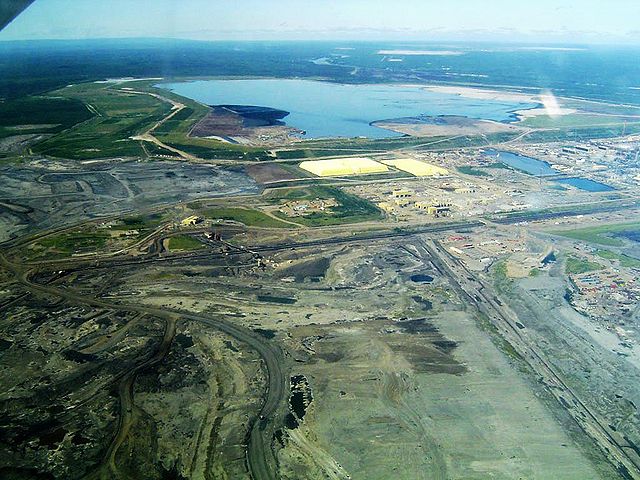Oil depletion is the decline in oil production of a well, oil field, or geographic area. The Hubbert peak theory makes predictions of production rates based on prior discovery rates and anticipated production rates. Hubbert curves predict that the production curves of non-renewing resources approximate a bell curve. Thus, according to this theory, when the peak of production is passed, production rates enter an irreversible decline.
Individual oil well decline curve generated by decline curve analysis software, utilized in petroleum economics to indicate the depletion of oil & gas in a Petroleum reservoir. The Y axis is a log scale. Oil production (green line), and gas production (red line).
Peak oil is the theorized point in time when the maximum rate of global oil production will occur, after which oil production will begin an irreversible decline. The primary concern of peak oil is that global transportation heavily relies upon the use of gasoline and diesel fuel. Switching transportation to electric vehicles, biofuels, or more fuel-efficient forms of travel may help reduce oil demand.
World oil discoveries peaked in the 1960s
Syncrude's Mildred Lake mine site and plant near Fort McMurray, Alberta



